Collections Corner is an online initiative aimed at highlighting collections from museums and galleries across India that visitors should know more about. This month, we feature artifacts from the Brihanmumbai Electric Supply and Transport (BEST) Museum, one of its kind in India, established in 1984 in Mumbai.
The BEST Museum, Mumbai is housed in the Anik Bus Depot in Wadala. The Museum is full of curious objects and photographs that tell the story of how the Bombay Tramway Company, established in 1873, evolved into the Brihanmumbai Electric Supply and Transport Undertaking that we know today; a history that spans horse-drawn carriage services that were introduced close to 150 years ago, to the iconic red buses that are now synonymous with the city’s image. Here are a few things from the Museum’s unique collection:
Ticket Issuing Machine
This machine was used before 1947. Conductors in those days carried a ticket issuing machine specially designed to print and produce tickets of the required denomination at the turning of a handle. The machine recorded the amount automatically which the conductor had to pay at the end of his day.
While this seemed like a foolproof system, some conductors found a way to manipulate the machine to record an amount less than what was received, pocketing the difference. However, once this was discovered, BEST took swift action and the ticket issuing machine was replaced by a ticket box.
Electric Tram
To replace the horse-drawn trams, Bombay’s first electric tram arrived from London in 1906. The service was formally inaugurated in May 1907 by the Chairman of the Municipality. The maiden journey ferried between the Municipal Office Building next to Victoria Terminus and Crawford Market, a distance of about 1 km. The new service drew praise for its reasonable fare and comfort. However, in a few short years by 1910, the route faced growing traffic during peak office hours and there was a shortage of trams to meet the increasing demand. It was only in September 1920 that double-decker trams were finally introduced to alleviate this problem.
Tram Seats
The BEST Museum has a total of 62 original tram seats, some of which are on display. The seats have been well preserved and are in good condition. Since the trams used to run on tracks, they did not need to take a U-turn to go in the opposite direction. Interestingly, the seats were thoughtfully designed in a manner so as to shift the back of the seat so that the seat would face the direction the tram was going in.
Omnibus
The BEST Omnibus service commenced on 15 th July 1926 with a fleet of 24 buses. A fleet of 4 buses plied from Colaba to Crawford Market and back at an interval of approximately 10 minutes. In 1927 the total number of these buses was increased to 49 which included 22 Thronycroft and 2 Dodge model buses. The fare was between 2 and 6 annas. A letterbox was also placed in the bus for the passenger’s convenience.
Articulated Bus
A fleet of 10 Articulated Buses were introduced in 1967. The BEST undertaking was the first organisation in the country to use this kind of bus. The front engine part and the main body which carried the passengers could be separated completely. The vehicle was entirely of Indian make with Ashok Leyland of Madras manufacturing the tractor engine and Mahindra in Poona building the body. The vehicle had a maximum capacity of 100.
The BEST Museum is open from Wednesday to Sunday and can be visited between 9AM to 5PM. 







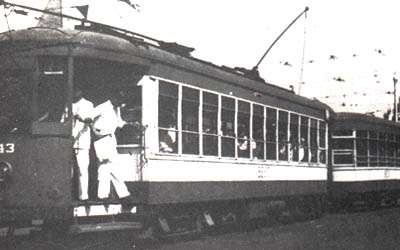
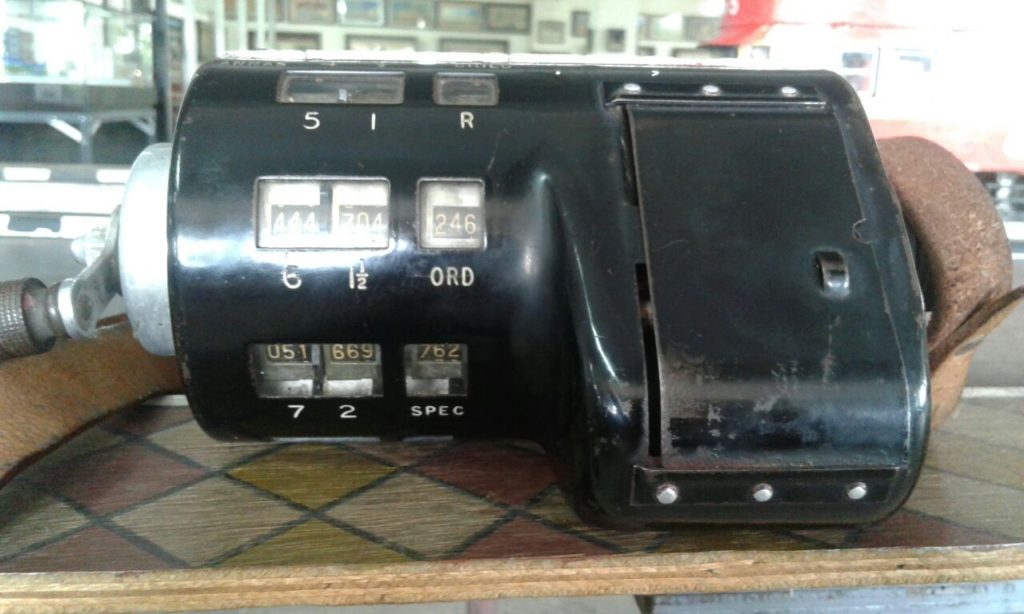

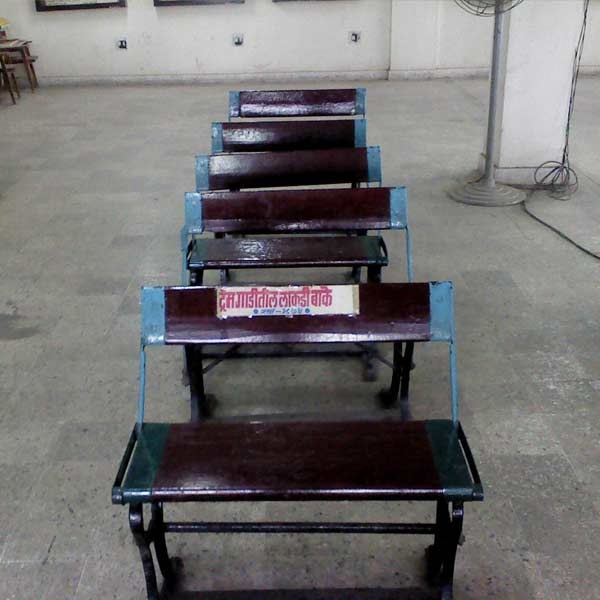
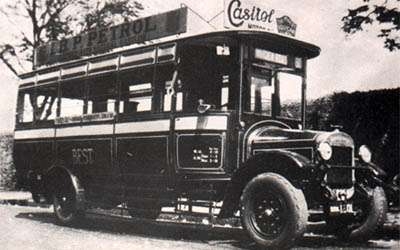
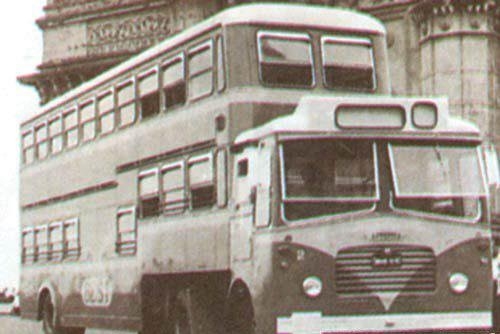
Recent Comments